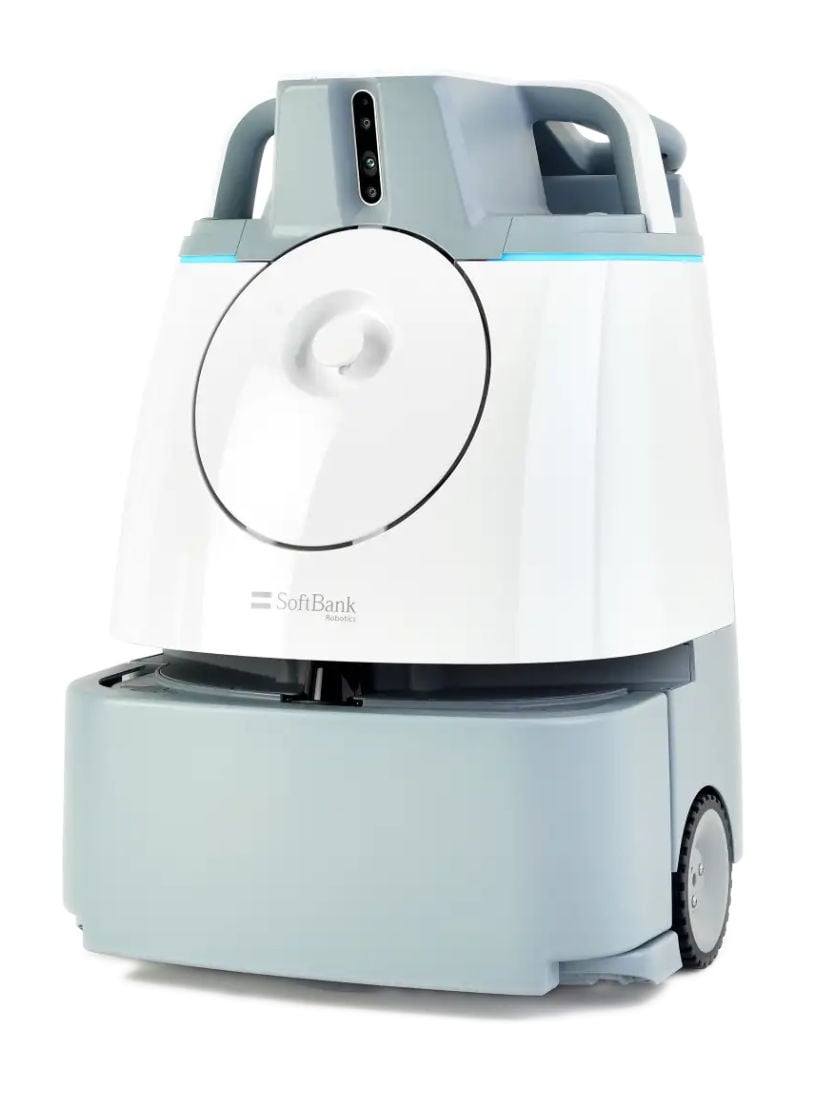There has never been a better time to focus on workforce transformation. Whether your business has prioritized it, workforce transformation is already happening. In just a few short years, the traditional office and its 9-5 schedules–once the hallmark of corporate America–have seismically changed.
The Rise of Remote and Hybrid Work
Many workers are now gravitating to hybrid and remote roles that bring them into the office less frequently. At the height of the pandemic in October 2020, Pew Research reports that 71% of employees who could work remotely worked from home all or most of the time. Since then, the number of remote workers has slumped from its peak, as offices have opened up. In January 2022, Pew Research reported that 59% of US workers were still working from home all or most of the time, indicating that the face of work remains dramatically changed post-pandemic.
A Workforce on the Move
Despite trends in remote work, many workers do need to (or want to) go to a physical workspace–just not the traditional rigid office environment. And if their current employer doesn’t provide what they’re looking for, they’re not afraid to make a change. In fact, there is a massive labor migration happening in the US workforce today. In what’s being called the Great Resignation, an unprecedented number of workers–a record 4.5 million in March 2022 alone–have been dusting off their resumes and taking the leap into new opportunities, leaving employers struggling to manage the fallout. These mass resignations have impacted virtually every industry–from office jobs and healthcare workers to retail, manufacturing, and hospitality.
Businesses need to prioritize workforce transformation and rethink the employee experience to meet the needs of the modern workforce. Thankfully, with the power of technology and robotics, creating a modern, flexible, tech-empowered workplace is more achievable than ever before.
What is Workforce Transformation?
Workforce transformation is the process of re-evaluating and re-engineering your business operations to improve the modern workforce's capability, agility, and flexibility. It’s a broad term that, in practice, will look different for every company; however, for most organizations, workforce transformation has significant digital and technological components. In other words, transforming your workforce typically means enabling your workforce with the power of technology–from software and mobile applications to robots.
The importance of technology in workforce transformation shouldn’t be surprising. For the remote worker, technology is at the very center of the employee experience; it’s the critical thread that connects workers to their organization and colleagues. But it isn’t any less important for the on-premise workers. For both the remote worker and the on-site worker alike, technology can make their job easier, faster, and more enjoyable–or, conversely, more frustrating and cumbersome when the technology doesn’t hold up to their demands.
Example of Workforce Transformation
Now let’s consider some examples of workforce transformation that leverage technology to increase worker effectiveness, productivity, and morale.
Software Systems and Mobile Applications
Across all industries and disciplines, a typical employee will spend their day navigating at least half a dozen or more systems each day: an email application, a real-time collaboration tool, a video conferencing software, an expense reporting app, an HR portal, a project management system, a customer relationship management platform (CRM) or Point of Sale (PoS) application, and so on.
Each one of these technology touchpoints is an opportunity to either improve the worker experience–or degrade it. Applications that are seamless, consistent, and provide a consumer-like environment are ideal because they make it easy for the employee to simply engage and focus. To achieve this ideal, organizations need to evaluate their software and mobile application tech stack and standardize on systems that are easy to use, integrate seamlessly, and foster a positive employee experience.
Automation
Many organizations are hesitant to mention automation, as employees are often wary. However, robotic process automation is another effective workforce transformation strategy that, when done well, can boost employee productivity and morale. Process automation works by taking rote, mundane, and time-consuming tasks (such as manual data entry) and program “bots” to complete these rule-based tasks automatically with little to no intervention. With their most mind-numbing work handled by automation, workers can refocus their time on more meaningful, value-added work that only humans can do, leading to higher job satisfaction, increased productivity, and more.
Service Robots
Workforce transformation isn’t limited to what’s in the cloud. Physical robots are also a powerful tool that can be leveraged in various industries to help make employees’ jobs easier and ensure a positive employee experience. Just like robotic process automation, physical robots can take on tasks that humans would find frustrating, boring, or even physically uncomfortable. A typical example of this is service robots. For instance, autonomous robot vacuums can be used to automatically clean large areas, such as hallways or common areas. Service robots can deliver snacks and meals to staff and guests. The possibilities are virtually endless.
In addition to their utility, physical robots also have an unmistakable charm that adds to a positive employee experience. For example, cleaning robots–like Whiz, the autonomous robot vacuum from Softbank Robotics–are often used to clean office buildings, higher education campuses, medical care facilities, multifamily properties, hotels, and more. From staff to students to patients to residents to guests, people of all walks of life are delighted by small, approachable robots that have their own names and personalities.
Conclusion
Technology-enabled workforce transformation is key to weathering the challenges of the Great Resignation, helping you increase employee satisfaction and productivity, reduce churn, and avoid costly business disruptions.
Contact us today to learn how SoftBank Robotics can help.








